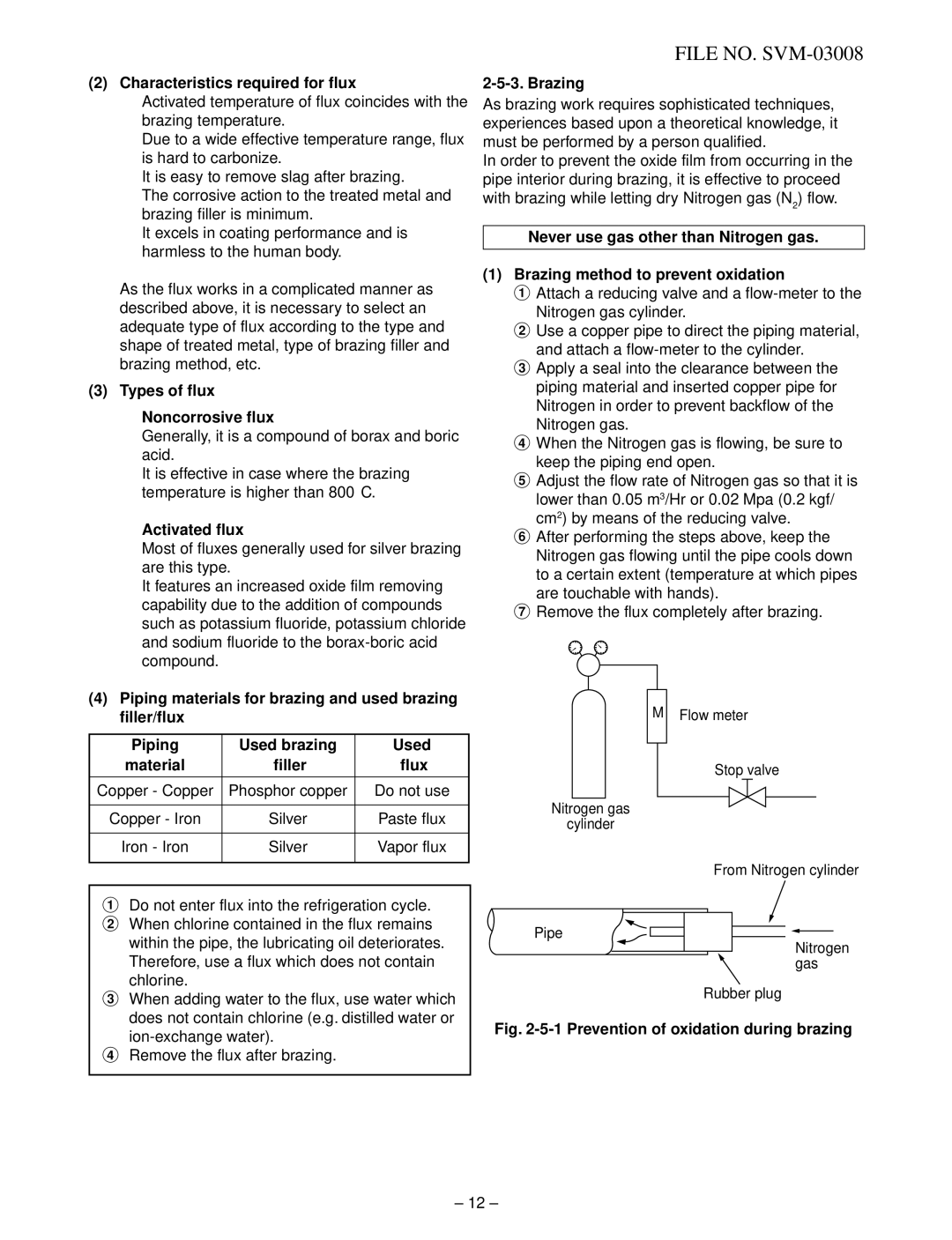RAS-13UAV-E2, RAS-13UKV-E2 specifications
The Toshiba RAS-13UKV-E2 and RAS-13UAV-E2 air conditioning units represent a significant step forward in both comfort and energy efficiency. Designed for residential and light commercial use, these models are packed with features that cater to diverse climate control needs while adhering to modern standards of sustainability.One of the standout features of both models is the implementation of inverter technology. This advanced system allows for more precise temperature control by adjusting the compressor speed based on the ambient temperature requirements. This not only enhances energy efficiency but also ensures a quieter operation compared to traditional air conditioning systems. As a result, users benefit from consistent comfort without the disruptive sounds often associated with cooling units.
The RAS-13UKV-E2 and RAS-13UAV-E2 also feature a high energy efficiency rating, which is crucial for reducing electricity bills. The Seasonal Energy Efficiency Ratio (SEER) is a vital measure of energy efficiency over an entire cooling season. Both units excel in this regard, making them an environmentally friendly choice. This is further supported by Toshiba's commitment to incorporating R32 refrigerant, known for its lower environmental impact compared to older refrigerants.
User convenience is enhanced with integrated smart controls. Both models are compatible with wireless remote control features, allowing for easy adjustments from a distance. This is complemented by programmable settings that let users schedule operation times, ensuring that the units run only when needed, which further optimizes energy consumption.
Design-wise, these air conditioners boast a sleek and modern appearance, making them a visually appealing addition to any room. They are constructed with durable materials that ensure longevity and reliability. Moreover, the filters are designed for easy maintenance, ensuring cleaner indoor air quality and prolonging the lifespan of the unit.
The Toshiba RAS-13UKV-E2 and RAS-13UAV-E2 units also come equipped with advanced air purification technologies. These features help to reduce airborne pollutants and allergens, contributing to a healthier indoor environment. With exceptional cooling and heating capabilities, easy installation, and advanced features, these models are designed to meet the modern user's needs for comfort, efficiency, and health. Overall, they represent an excellent investment in both cooling technology and eco-friendly practices.

